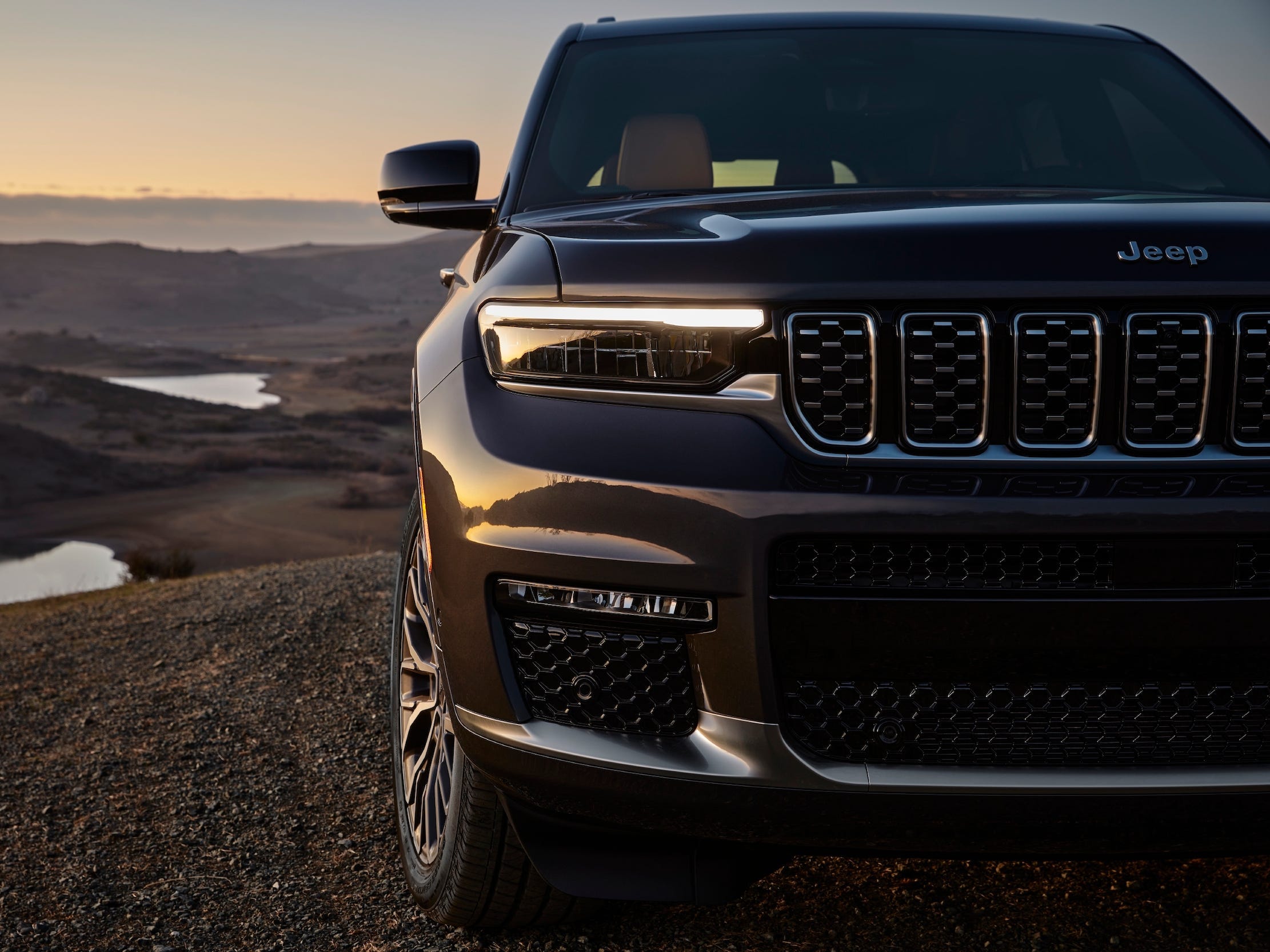
Jeep
- The Cherokee Nation wants Jeep to stop using the tribe’s name, which the brand has used since 1975.
- Chief Chuck Hoskin Jr. says he anticipates “further discussions” over a potential rebranding.
- Hoskin told Insider, “Our names were carefully selected by our ancestors before written history.”
The Cherokee Nation wants Jeep to stop using the tribe’s name that’s graced some models since 1975.
“I think people need to understand that as proud as a corporation might be of a name they selected decades ago, people should think about how proud the Cherokee people are to still be a people after all we have been through, and that is far more valuable than whatever marketing research might show the cherokee name has been to Jeep and its parent companies over the decades,” Chief Principal of the Cherokee Nation, Chuck Hoskin Jr. said in an interview with Insider.
Jeep debuted the first Cherokee model in 1975. The car was described as a sporty, two-door version of the Wagoneer and featured bucket seats, a sports steering wheel, and detailing designed to appeal to younger, more adventurous drivers, according to Jeep.
In the decades since, relations between Native American tribes and corporate imagery depicting the people has changed dramatically. Some brands have stepped back from using Native American appropriation in their companies such as the NFL’s former Washington Redskins Football Team which changed its name in 2020 to the Washington Football Team.
Other brands have also taken steps to distance themselves from mascots and imagery. Land O Lakes butter changed its packaging in 2020 to no longer include the original indigenous “butter maiden.” The packaging now features an image just of a lake. Aunt Jemima products have also moved away from the enslaved mammy depiction and are now calling the breakfast foods Pearl Milling company.
Jeep also briefly rebranded the model bearing the Cherokee Nation's name. From 2002 through 2013, the original Jeep Cherokee was branded in North American markets as the Liberty, before returning to the Cherokee name, according to Car and Driver.
The Cherokee name has been used in Jeep's line of vehicles since the mid-1970s and has taken on various iterations, from a station wagon to the popular Grand Cherokee SUV that is currently branded with the name. The Jeep Cherokee was the 24th best-selling car in the US in 2020, with more than 135,000 units sold, according to Kelly Blue Book. The Grand Cherokee ranked 15th with more than 200,000 vehicles sold.
"Our vehicle names have been carefully chosen and nurtured over the years to honor and celebrate Native American people for their nobility, prowess, and pride. We are, more than ever, committed to a respectful and open dialogue with Cherokee Nation Principal Chief Chuck Hoskin, Jr," a Jeep spokesperson said in a statement to Insider.
Hoskin objected to Jeep's rationale for how the company chooses its vehicle names.
"This is a corporation that is making a great deal of money off the name of our tribe, they speak in terms of carefully selecting names to honor tribes," Hoskin told Insider. "Our names were carefully selected by our ancestors before written history. This has been our proud name for a long time, I don't see a way to compromise on the subject of a corporation marketing on the Cherokee name."
Hoskin first spoke with Jeep, which is owned by the newly formed brand group Stellantis, in January. "We're always willing to speak with the company and in fact I want to applaud the company for the discussion that we had," he said. "I think the people on the call were people of good faith that were looking for a way to do the right thing and to learn more about what our concerns were."
Hoskins said the brand listened to his concerns about the name of the models needing to be changed but that he anticipates "further discussions" over a potential rebranding.